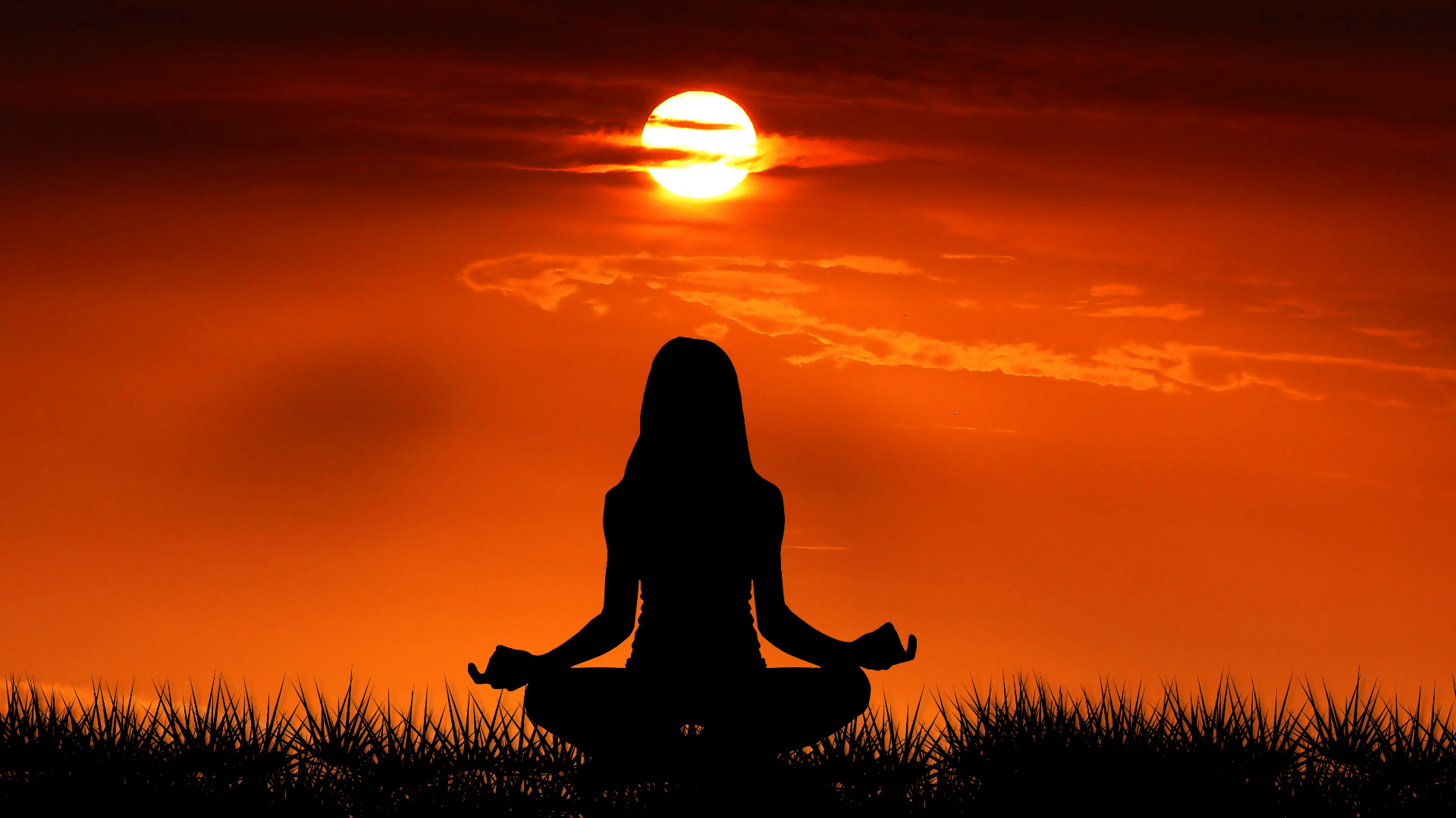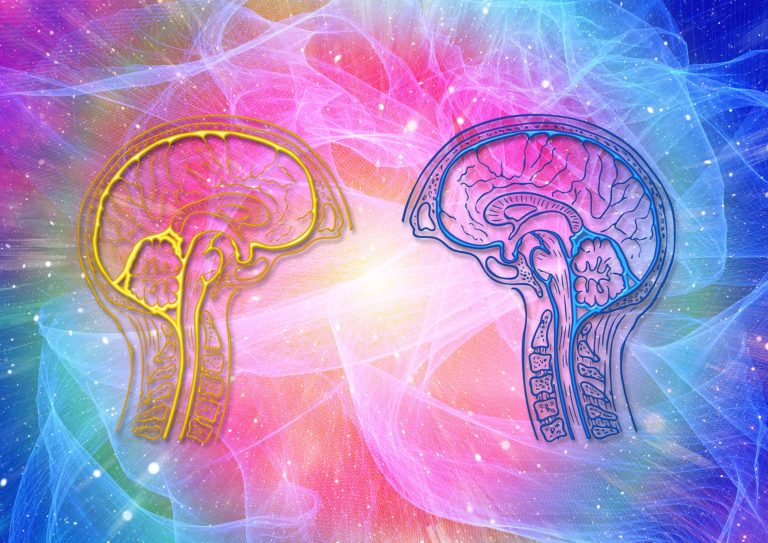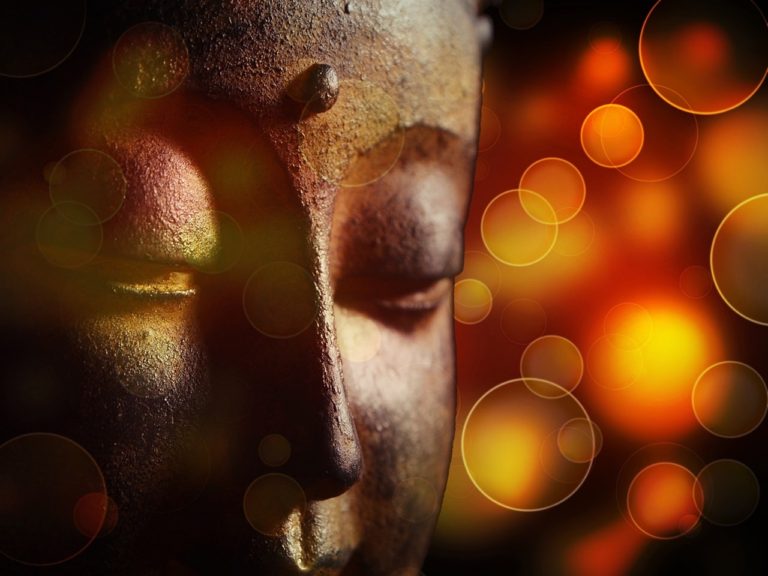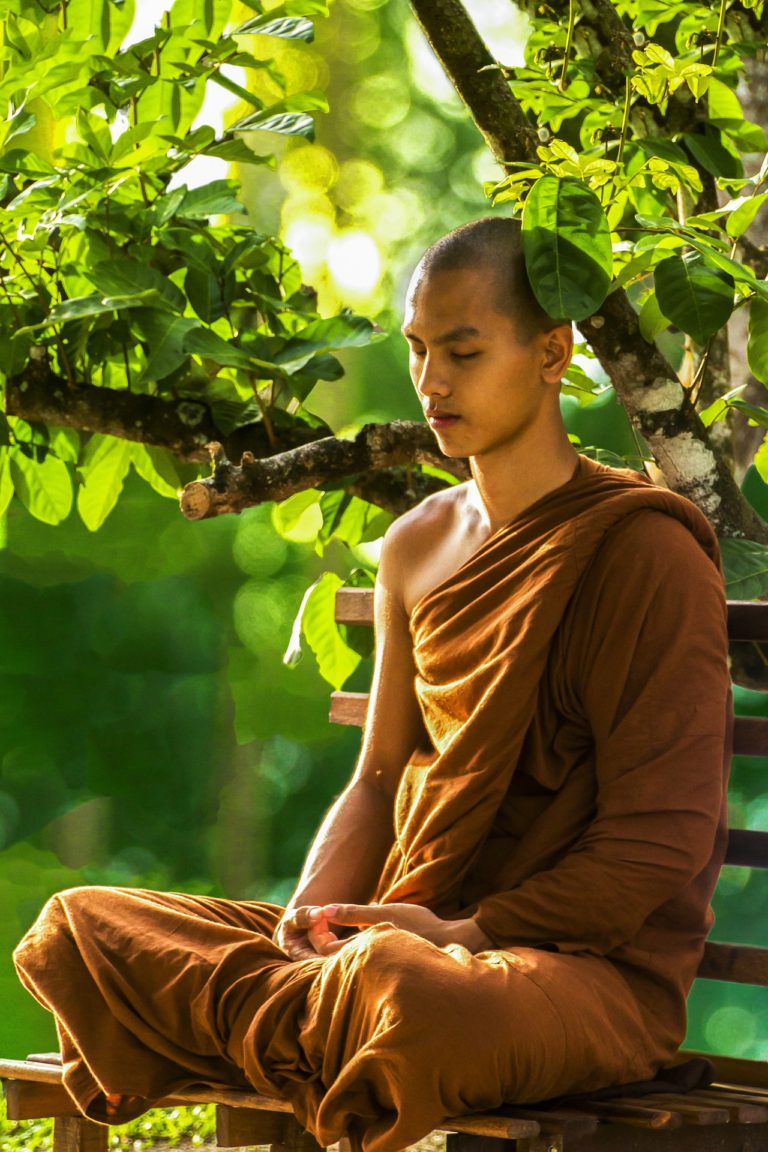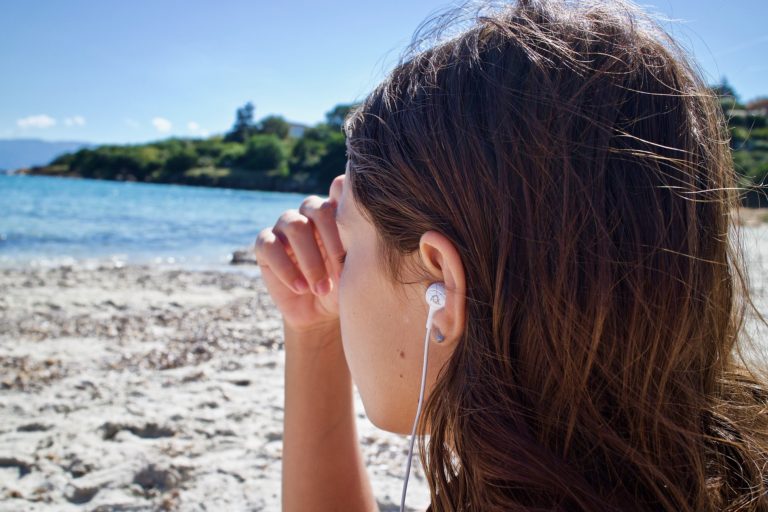Meditation Magic: Dive into What Is Meditation
What Is Meditation?
Meditation is a practice that involves focusing the mind on a single point of reference. The idea is to reduce stress and achieve a state of relaxation.

The practice has been around for thousands of years, but it only recently started to be studied scientifically. One study found that meditation can help improve quality of life, increase brain function, and even reduce the risk of heart disease or cancer.
Meditation can be practiced in many different ways, but the goal is always to clear the mind and focus on breathing. There are more benefits to meditation, such as reducing stress and anxiety, improving concentration and focus, increasing self-awareness and empathy, and more.
Many people who meditate report feeling less anxious and more in control over their lives. Meditation also has many psychological benefits like reducing depression, anxiety, and stress levels.
Meditation is the practice of focusing one’s awareness on a single point for an extended period of time.
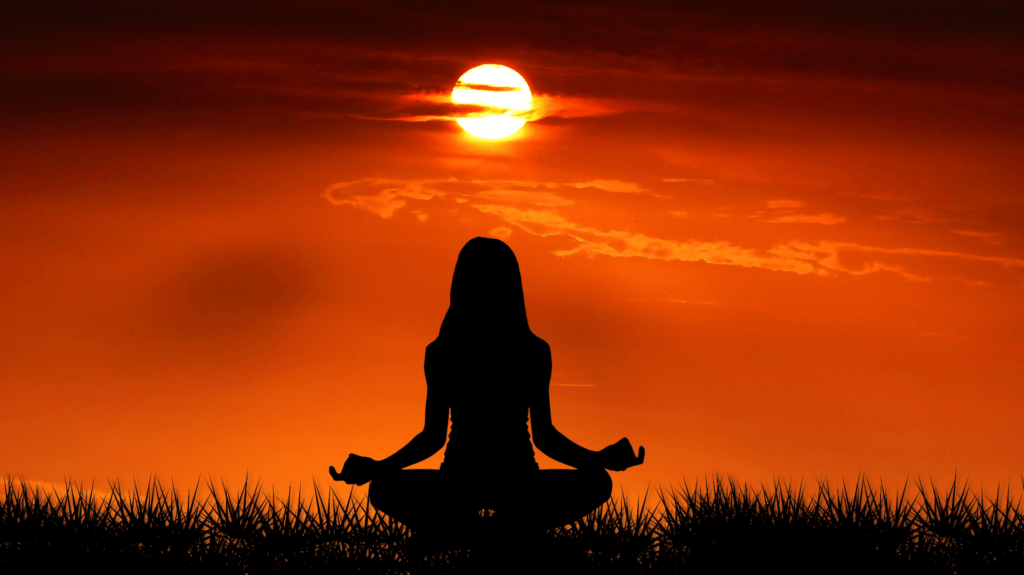
5 Steps for Beginners Meditation.
Congratulations on making it this far. The fact that you’ve successfully read this content so far shows how serious you are about exploring the concept of meditation.
There are many different ways to meditate, from the transcendental style to Tai chi. It can be hard to get started with meditation though, which is why a silent seated meditation is a great place for beginners.
Step 1. Prepare your meditation space.
First things first, find a space that’s quiet & peaceful, so you don’t get interrupted during meditation. This could be in your Garden, bedroom, home office, or anywhere you can make a little ‘meditation area’.
You may be able to meditate anywhere, but when you’re just getting started it can be easier if you pick a dedicated space. When in that space, make sure that the atmosphere is calm and peaceful.
it’s much harder to relax when you can’t focus on your work and the surroundings are a mess. But it doesn’t have to be that way. Clear your desk, turn off your phone, and take some (more) time for yourself. Whether this means lighting a candle or incense, or listening to some soft music while you’re in the zone.
Step 2. Plan for success
Set a Goal. Starting a meditation practice can be challenging for people, especially in our hectic world. I find that it is extremely helpful to decide in advance how long you are going to practice so that you have accountability from the beginning.
I recommend practicing for about 20-40 minutes at a time. If you’d prefer to meditate for shorter periods of time, that’s okay too. It can be tough to avoid distractions sometimes and it’s important to accept this and you may need to take a break. If you do, then do your best to come back as quickly as possible! Remember that distractions are never the biggest obstacle – it’s your mind and lack of patience that will hold you back.
we will always come up with an endless list of things we need to do so set your timer, and meditate for as long as you can.
Step 3. Get Comfortable
Find your comfy position, I want you to get into a comfortable position. This means physically. This will allow optimal blood flow circulation which in turn creates relaxation and allows energy flow to increase. Preferably the seated legs crossed position with your palms facing up and resting on your thighs, but this is not essential (We will explore other positions and meditation methods in a later blog.)
If you’re feeling a lack of circulation in the legs (pins and needles feeling) then try using a cushion to raise your base, You can also be seated with your back supported but do not support the neck or head. All this can take a while so don’t get frustrated it is all part of the practice.
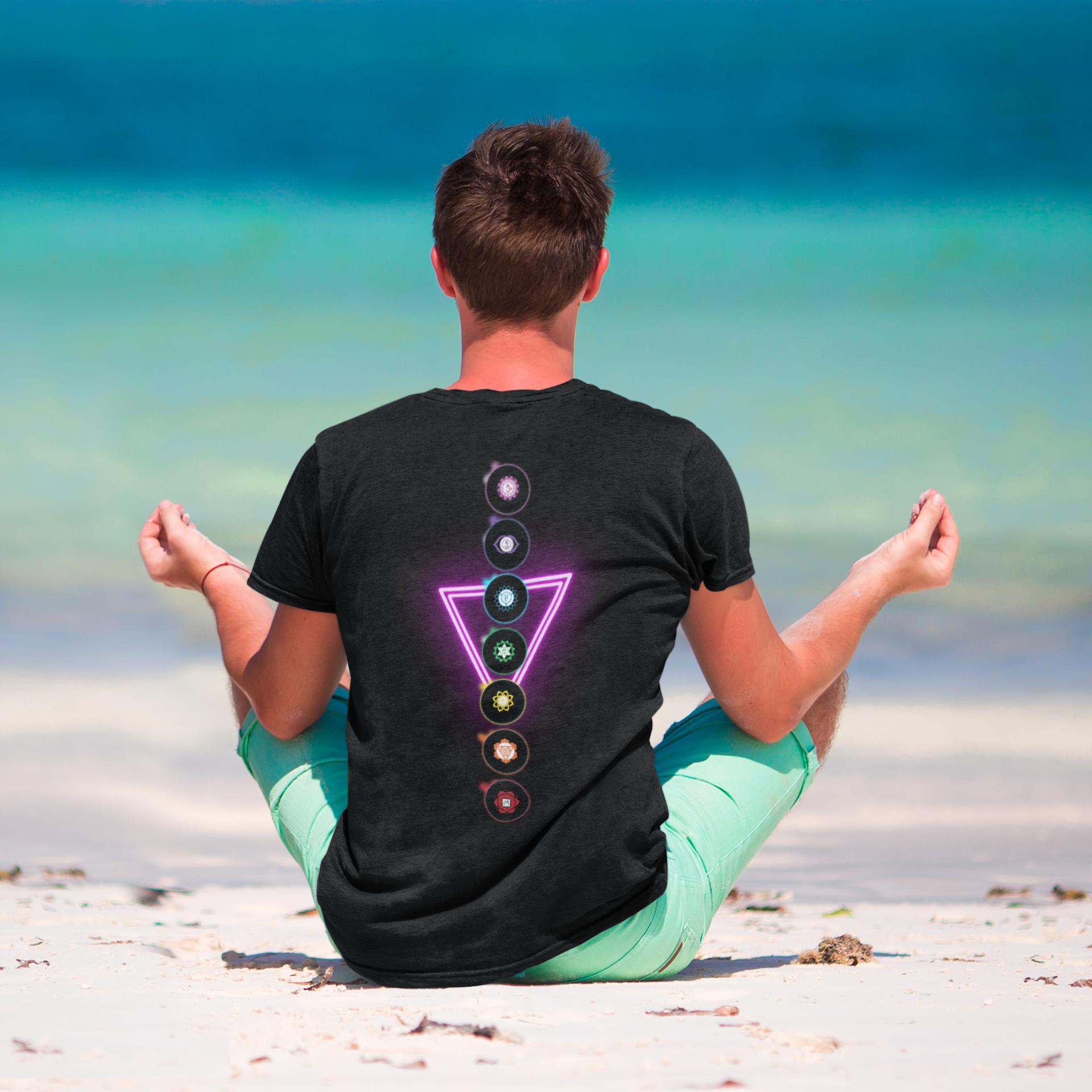
Step 4. Breath
How to breathe If the internet is anything to go by it would appear to be a very complex discussion but we just need to keep it simple
In meditation we need to use our breath as a focal point, This can help us stop the mind from wandering. We have a simple breath in with this we will focus on filling the belly first and the rest of the lungs will follow, (I will be going into this more in other methods soon.)
When we breathe out we want to release the breath and not force it out, we want to create a circular breathing pattern not filling our lungs to explode and then releasing everything, but rounding off the fully in and out breaths.
Do not try to breathe too slowly or too fast just be calm and comfortable for yourself you’re breathing will improve over time and we need to be relaxed
Step 5. Relax
Just relax, Hmmm ok this is not as easy as it sounds, Our aim here at the start is to follow the above steps, and once we start to sit still and focus on the breath, try and I mean eventually but we don’t want to fidget or wriggle around or itch at our face, we must try to stay still and calm for as long as possible once we break this stillness we have to start again. This process will become much easier with practice so don’t give up!
We will go into tension and relaxation through long periods of stillness in a later blog that will be linked here when available.
Good Luck with your meditation and enjoy the benefits.

